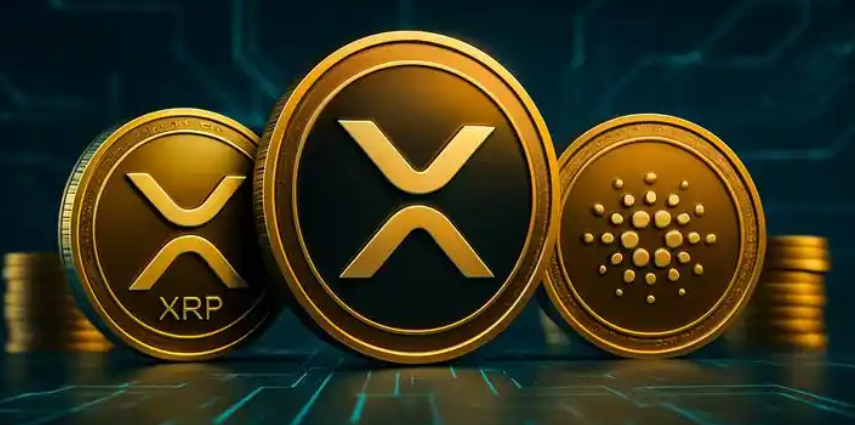23785
Ripple News: Global Partnerships and Banking License Push Marks a New Era for XRP  After years of stagnation and regulatory pressure, XRP appears to be entering a new phase of growth, fueled by institutional activity, strategic partnerships, and renewed optimism about Ripple’s regulatory progress. Coins once viewed as stagnant are now looking more and more like traditional finance and blockchain The core of the blockchain is a digital chain composed of blocks, but it is not a blockchain in the traditional sense. These "blocks" are made up of bits of information, and when we refer to "blocks" and "chains," we are referring to digital data stored in a public database. Blockchain offers an innovative way to transfer information automatically and securely. A transaction begins with one party creating a block, which is then verified by thousands or even millions of computers on the network. This decentralized ledger of financial transactions is constantly evolving, with new data being added all the time. Blockchain is tamper-proof because each record is unique and has its own unique history. Modifying one record requires changing an entire chain of millions of other records. Blockchain is based on three key principles: decentralization, transparency and immutability. “>Blockchain infrastructure. Institutions quietly buy XRPBehind the scenes, large corporations and financial groups are accelerating their accumulation of XRP. Publicly disclosed information shows that major companies, notably Japan's SBI Holdings, currently hold more than $11 billion worth of XRP in their portfolios. This quiet accumulation signals a fundamental shift in the market’s perception of XRP. XRP is no longer viewed as a speculative asset, but is positioned as a tool for settlement and diversification of funds – a positioning that is highly consistent with Ripple’s long-term vision of creating frictionless global finance. This demand reflects the growing belief that XRP will play a central role in cross-border payments. Liquidity The ability to quickly convert a digital currency or token into other assets or cash without affecting its price. “>Liquidity management, especially with the deep integration of Ripple technology into the global banking network. Ripple expands its global reachRipple’s global reach continues to grow, especially in regions eager to modernize their payments infrastructure. In the Middle East, the company is working with Bahrain FinTech Bay on a pilot project for stablecoin issuance and digital settlement. In Asia, it is supporting SBI Remit to power instant cross-border transfers between Japan and Southeast Asia. Ripple is also working with FRS to optimize the international remittance process. These collaborations highlight a clear shift: XRP is no longer being used solely as a speculative token, but instead is becoming an engine for real-world financial products. The XRP Ledger (XRPL) plays a key role in this, being able to process transactions in seconds and at a fraction of the cost of traditional networks such as SWIFT. For financial institutions, this means faster payments, lower fees, and compliance transparency—three things that traditional systems still struggle to achieve. Ripple’s legality push and XRPETF |